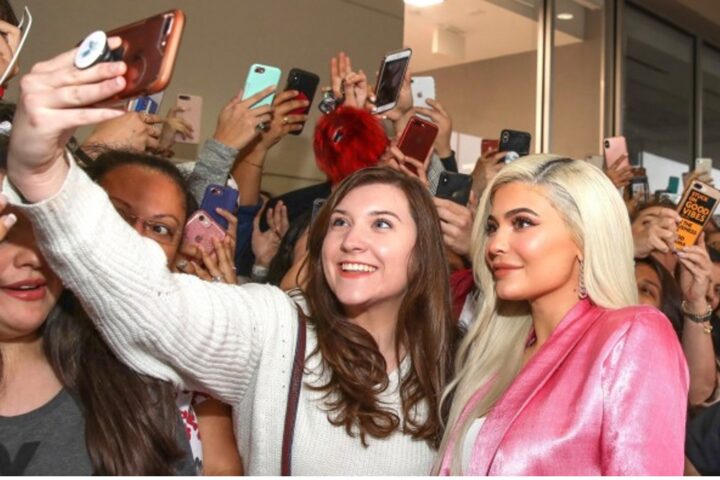Can you fathom a world without clothing? The evolution of fashion, a necessity entrenched in our daily lives for over 170,000 years, has brought us to a crossroads. The annual surge in clothing production, fueled by the “use and discard” ethos of Fast Fashion, is giving rise to profound issues, with the proliferation of copies standing out prominently.
Within the whirlwind of Fast Fashion, copying has become not just a practice but a common occurrence. Some hail it as the “Democratization of Fashion.” But how does this practice truly impact us, and who reaps the benefits? The direct link between Fast Fashion and copying sparks questions about its consequences, particularly with Generation Z displaying less tolerance for infringing practices and unfair competition. All this unfolds against the backdrop of Fast Fashion’s mounting environmental footprint on our planet.
Big names like H&M, Nike, Inditex, Adidas, Temu, Forever 21, and others have faced accusations in the escalating wave of copying within the fashion industry. A standout case is that of SHEIN, a Chinese brand frequently entangled in copyright infringement lawsuits. In the past year, a trio of independent designers took legal action, accusing SHEIN of a “systematic and large-scale theft of intellectual property.” This accusation sheds light on SHEIN’s evolving approach, now incorporating an artificial intelligence-driven “design algorithm” to replicate garments and accessories, resulting in substantial profits.
This novel approach not only presents ethical quandaries but also raises pertinent questions about the labor conditions tied to the accelerated production of Fast Fashion. Workers often endure grueling schedules. Furthermore, the sustainability discourse is jeopardized as large-scale production contributes negatively to the environment.
In essence, it becomes imperative to scrutinize the seemingly absurd pricing strategy of Fast Fashion. This exploration takes us beyond the surface, prompting a deeper examination of labor conditions and sustainability. The purported “Democratization of Fashion” starts to unravel, uncovering that not everyone emerges victorious in this scenario. The integration of artificial intelligence, exemplified in SHEIN’s case, showcases its potential to elevate the industry. However, it concurrently introduces ethical and legal challenges that demand thoughtful consideration to preserve the integrity and originality of the fashion world.
As we navigate the complexities of this intertwined relationship between AI, Fast Fashion, and the ethical and environmental facets, it becomes evident that a paradigm shift is underway. Industry players must grapple with these challenges head-on, seeking solutions that foster innovation without compromising on ethical standards and environmental responsibility.
In conclusion, the fusion of artificial intelligence with Fast Fashion is a game-changer, presenting both opportunities and pitfalls. As the industry navigates this transformative era, a delicate balance must be struck to ensure a sustainable, ethical, and creative future for fashion. The journey is underway, with the dialogue extending beyond the confines of runways to encompass the broader canvas of societal values, environmental stewardship, and the very essence of what fashion represents in our evolving world.









